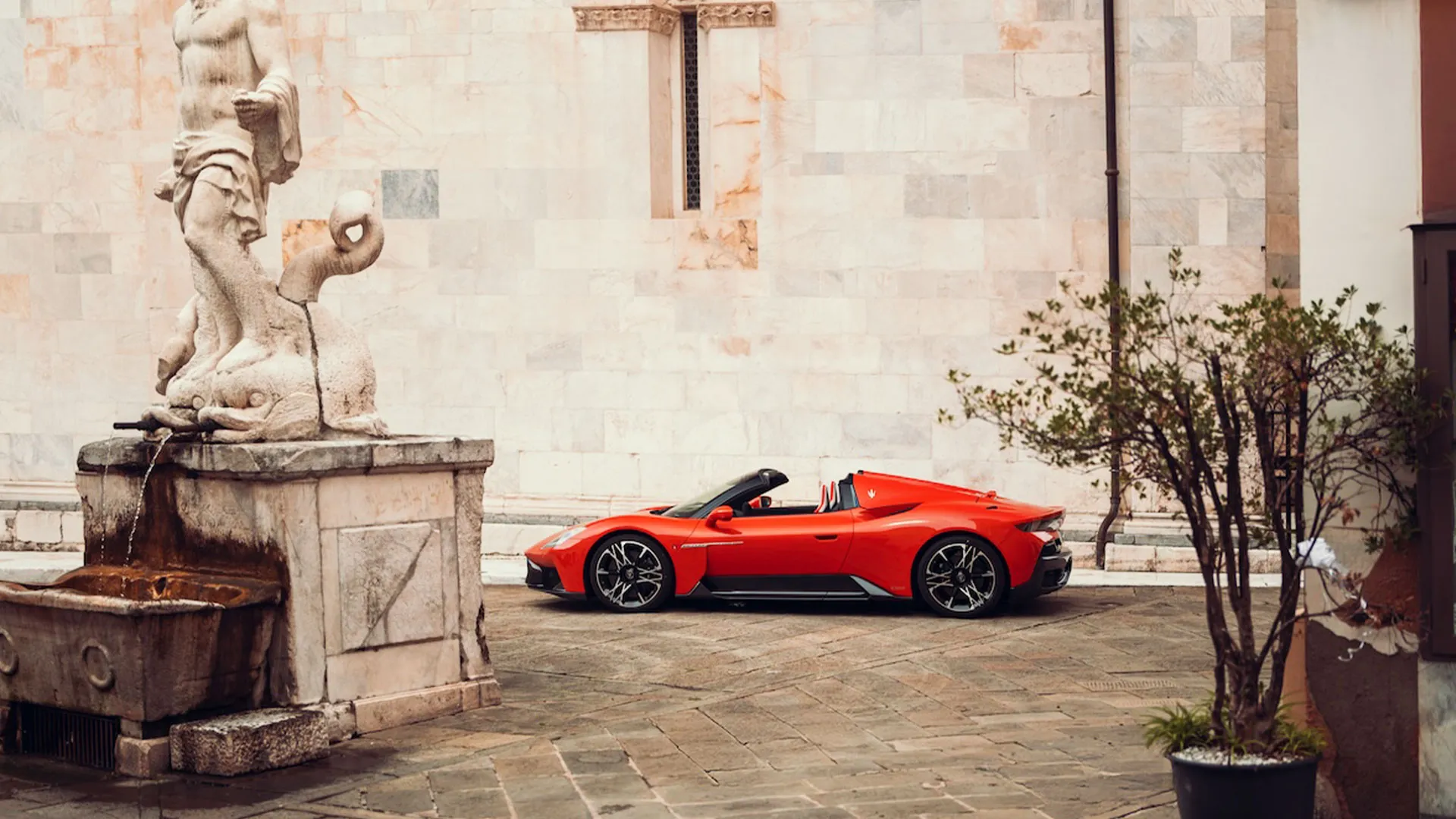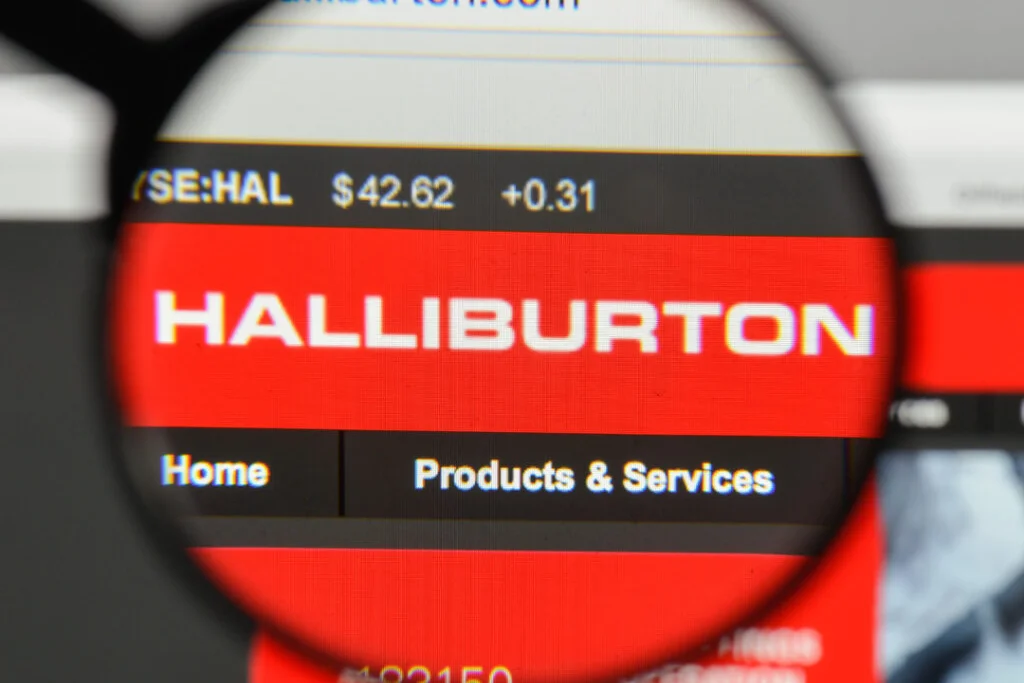Copyright gqindia

The supercar world has long been embroiled in a frenzied turf war where supremacy is determined by superlative power figures, outrageous amounts of downforce and a surplus of frankly unusable performance. It’s a battle that’s fought and won on spec sheets with little consideration for the simple joys of driving Maserati’s latest mid-engined flagship – the MCPura Cielo – aims to correct this moonward bound trajectory with a time tested formula that includes a race-derived, mid-mounted engine, a light carbon fibre chassis, a snappy, dual-clutch gearbox and jaw-dropping good looks. The idea is to return to basics, to re-capture a certain “purity” in performance that’s been lost in the pursuit of 0-100 figures and lap times. Hence the name, which is pronounced by enunciating the “em” and the “cee”. It has little to offer in terms of storage, or even creature comforts. This one’s all about pure performance, unadulterated by the presence of electric motors or rear-wheel steering. If you think this is a car you’ve seen before, you’re right. The MCPura (driven in Cielo form) is a reworked, subtly updated version of the MC20 – Maserati’s home-grown performance benchmark and the pointiest end of the trident in its post-Ferrari era. Not much has changed in terms of the engine or the chassis, although we do have a reworked front bumper which is now sharper with revised air intakes and a rear diffuser that’s inspired by the more hardcore and track-oriented GT2 Stradale. The insides continue to remain spartan with plenty of alcantara and a new steering wheel design with a flattened front as well as bottom. The steering wheel center is flanked by a “nost-lift” button on one side and a starter button on the other, with large, tactile paddle shifter blades easily within reach. Gosh, this is a pretty car. The MCPura doesn’t go-in for cheap sensationalism in order to draw attention. In keeping with the great Torinese design tradition – the sort that birthed the likes of Pininfarina and Guigiaro – there’s a divine proportionality to it, the kind that pays as much deference to the laws of beauty as it does to the laws of physics. It has such delicate bone structure as to not appear ostentatious, and, even when its butterfly doors swing-up, there isn’t a hint of pomposity. This is a supercar that invites all the admiration but none of the outrage. Return to formula The MCPura continues to be powered by the same in-house built 3.0-litre Nettuno V6. Named after the trident-wielding sea god Neptune, it’s the repository of Maserati or rather its parent company Stellantis’s most rarefied performance bits. Essentially, it uses F1-derived technology featuring a pre-chamber combustion system using twin-spark plugs. What matters is that it has a nice raspy note to it, and squeezes out 621hp with 720 Nm of torque. In this day and age of hybrid assisted four-digit power figures, this may not sound like much for a flagship supercar, but with a carbon fibre chassis and fibreglass body panels, not to mention a new set of magnesium alloy wheels – the MCPura is quite nimble on its feet. And it’s not the free-revving nature of the engine, it’s the sharpness of its steering response, and the lightning-quick reflexes that puts the MCPura in the pantheon of great modern supercars. It feels light, reactive and it gleefully leapfrogs to the horizon right from the get-go. The 8-speed automatic is another major talking point, always working one step ahead, never upshifting too early, but able to tap into peak power even in higher gears. In fact, the way the Nettuno has been..tuned here, there’s an almost naturally-aspirated urgency to the way this car delivers power. In “Corsa” mode, the MCPura is a different animal. Skittish, eager to get its tail out, generating wheel spin and generally having a blast letting its hair down. It takes some fiddling around with the central knob to activate it, and is not advisable for mountain roads with blind curves. The lost Italian art of grand touring Maserati, a long time purveyor of Italian grand tourers, insists that the MCPura too is meant for the real world and isn’t a focussed track tool. But even in “GT” mode, it continues to be quite stiff so a long distance touring machine, this isn’t. But that’s good news, because it means that even when the chips are down, Maserati has shown that it’s more than willing to invest in god-tier supercars. Adding them to what’s a fairly wholesome portfolio of GT cars, performance SUVs and even EVs. The MCPura isn’t about acceleration figures or shaving decimals off lap times. But in an age defined by sterile electric power, it’s a reminder that sound and feel will remain integral to the supercar. Without the essential traits championed by Maserati in the MCPura, the supercar remains inherently incomplete. It’s a compact, pretty, agile and explosive reminder of what great cars are made of.



